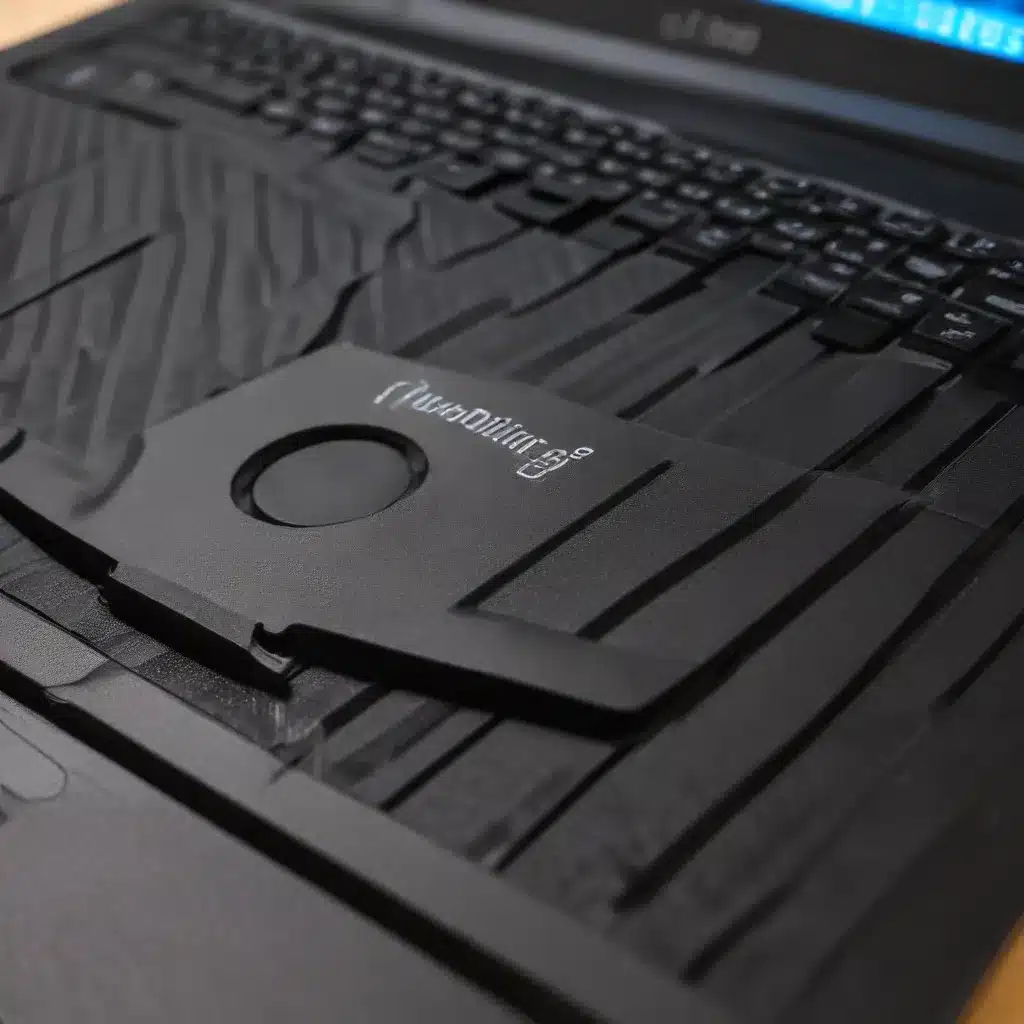
As a seasoned IT professional, I’ve encountered countless laptop users grappling with the persistent challenge of excessive fan noise, especially during intense gaming sessions or demanding workloads. The relentless whirring and whining of laptop fans can be a significant source of frustration, disrupting productivity, concentration, and even interpersonal interactions. In this comprehensive guide, I’ll share practical strategies and in-depth insights to help you achieve a quieter laptop setup by effectively managing cooling pad noise levels.
Understanding Laptop Cooling Pads and Their Noise Characteristics
Laptop cooling pads have become an increasingly popular accessory, designed to enhance thermal management and extend the lifespan of our beloved mobile devices. These pads often incorporate built-in fans to actively draw heat away from the laptop’s underside, promoting better airflow and preventing overheating.
However, the very feature that makes cooling pads effective – their fans – can also be the culprit behind the unwanted noise. The size, speed, and design of these fans can significantly contribute to the overall noise level, with some models being noticeably louder than others.
Evaluating Cooling Pad Options: Balancing Noise and Cooling Performance
When selecting a laptop cooling pad, it’s crucial to strike a balance between cooling performance and noise reduction. While some cooling pads may offer superior heat dissipation, they may also produce a more intrusive level of fan noise. On the other hand, quieter cooling pads may compromise their cooling capabilities, leading to potential thermal throttling or performance issues.
To help you navigate this dilemma, let’s examine two popular cooling pad options and their noise characteristics:
CoolerMaster Notepal X3
The CoolerMaster Notepal X3 is a well-regarded cooling pad that boasts a relatively affordable price tag of around $28. It features a single, large 200mm fan that operates at a moderate speed, providing a good balance between cooling performance and noise levels. Many users report that the Notepal X3 is noticeably quieter than some of its competitors, making it a viable option for those seeking a more discreet cooling solution.
Klim Ultimate
The Klim Ultimate cooling pad, priced at around $60, is designed with a focus on noise reduction. It employs dual 140mm fans that operate at lower speeds, resulting in a significantly quieter overall experience compared to more powerful cooling pads. This makes the Klim Ultimate a suitable choice for users who prioritize a peaceful working environment over maximum cooling capacity.
When evaluating cooling pad options, it’s essential to consider your specific needs and the balance between noise and performance that best suits your usage scenarios. Carefully review product specifications, user reviews, and, if possible, try out different models in person to find the one that meets your requirements.
Optimizing Laptop Cooling: Techniques to Reduce Noise Levels
Beyond selecting the right cooling pad, there are several techniques you can employ to further reduce the noise levels of your laptop setup. Let’s explore these strategies:
Adjusting Fan Speeds and Power Settings
Many laptops offer built-in software or utilities that allow you to customize fan speed settings. Experiment with lowering the maximum fan speed or setting a more conservative cooling profile, which can help minimize the overall noise output. However, be mindful that reducing fan speeds may also impact cooling performance, so it’s essential to strike a balance that doesn’t compromise your laptop’s stability or lifespan.
Optimizing Laptop Placement and Airflow
The positioning of your laptop can significantly affect the airflow and, consequently, the noise levels. Avoid placing your laptop on soft surfaces, such as blankets or cushions, as these can restrict airflow and force the fans to work harder, generating more noise. Instead, opt for a sturdy, well-ventilated surface that promotes better airflow around the laptop.
Utilizing Laptop Stands or Risers
Investing in a laptop stand or riser can have a noticeable impact on noise reduction. These accessories elevate your laptop, creating more space for air circulation and allowing the cooling system to function more efficiently. This, in turn, can lead to a decrease in fan noise as the laptop’s internal components remain cooler.
Maintaining a Clean Laptop and Cooling Pad
Over time, dust and debris can accumulate within the laptop’s vents and the cooling pad’s fans, impeding airflow and forcing the cooling system to work harder. Regular cleaning of both the laptop and the cooling pad can help improve airflow and reduce the strain on the fans, leading to a quieter overall operation.
Exploring Laptop Cooling Alternatives
If the noise levels from your laptop’s cooling system remain unacceptable, even after implementing the strategies mentioned above, you may want to consider alternative cooling solutions. This could include external laptop coolers or cooling pads that use passive heat dissipation methods, such as heatsinks or thermal pads, rather than active fans.
Maintaining a Quiet and Efficient Laptop Setup
Achieving a quieter laptop setup requires a multifaceted approach that considers both hardware and software optimization. By carefully selecting a suitable cooling pad, adjusting power settings, optimizing airflow, and maintaining a clean system, you can significantly reduce the noise levels of your laptop and create a more comfortable working environment.
Remember, the IT Fix blog is here to provide you with practical tips, in-depth insights, and ongoing support to help you optimize your technology setup and tackle any IT-related challenges you may face. Stay tuned for more informative articles that empower you to take control of your computing experience.












